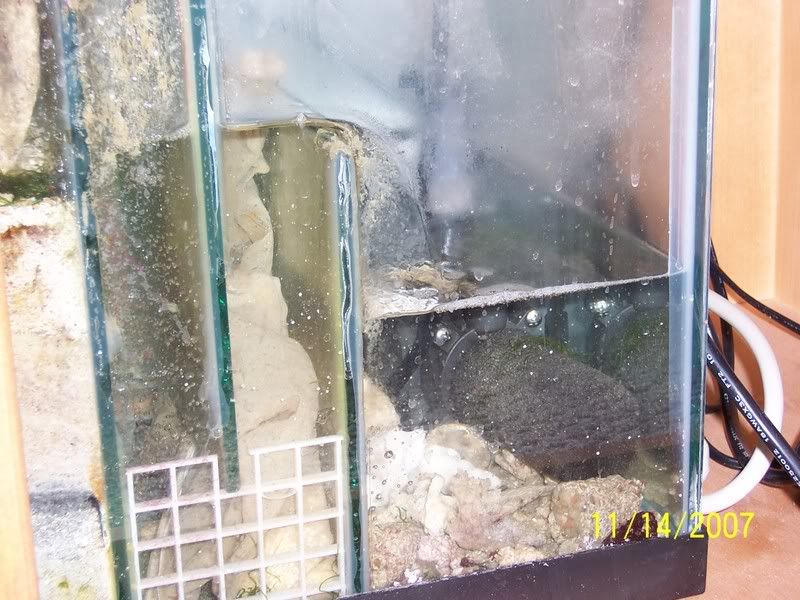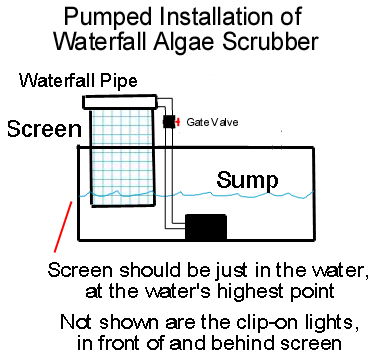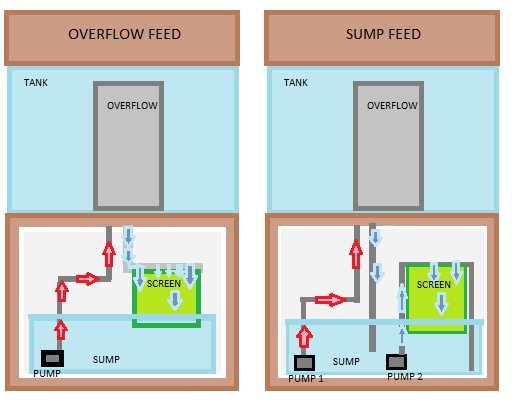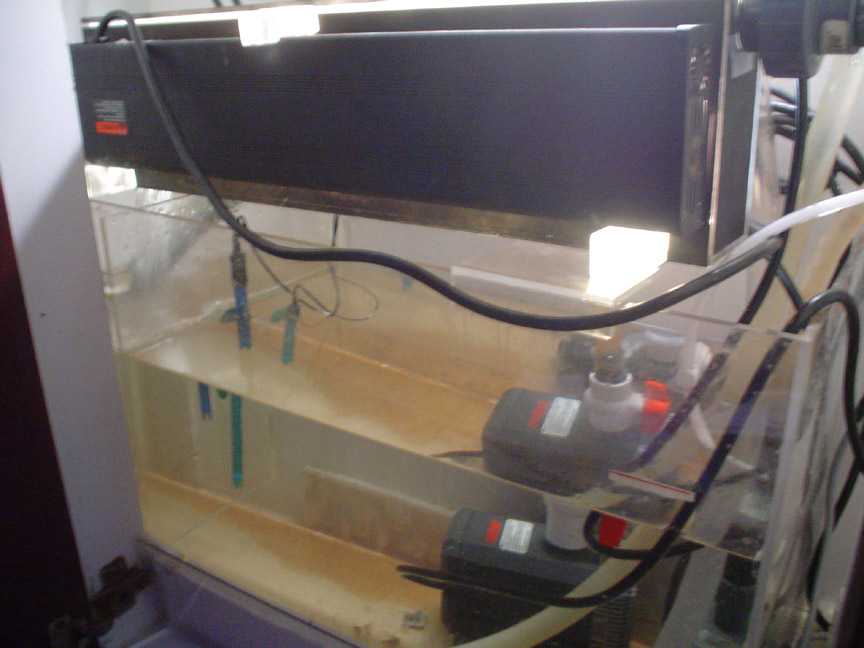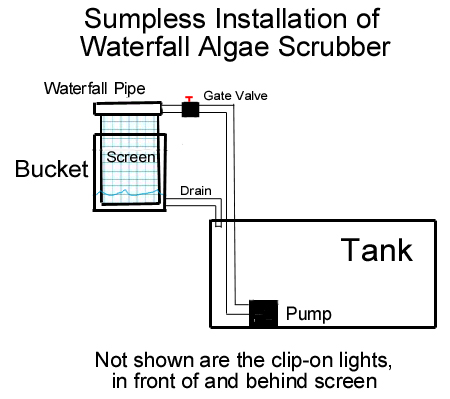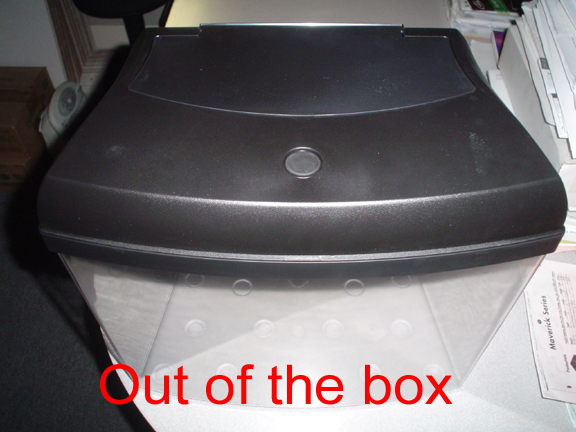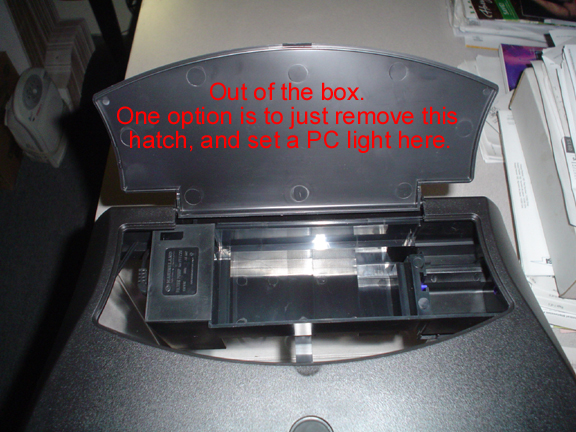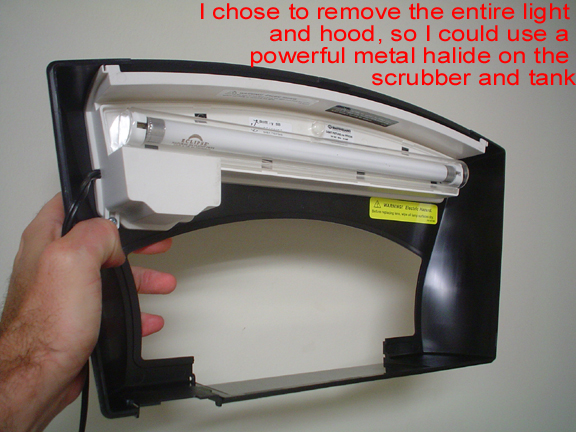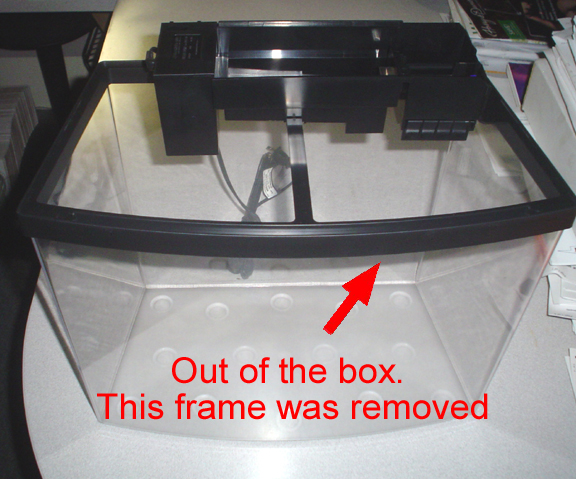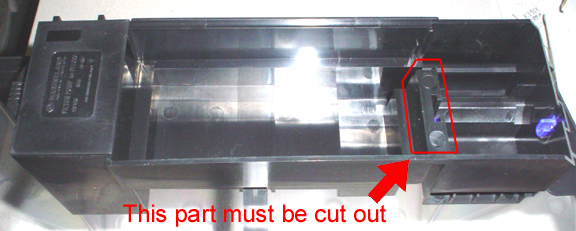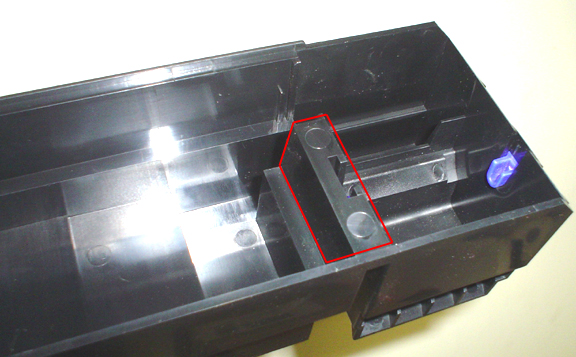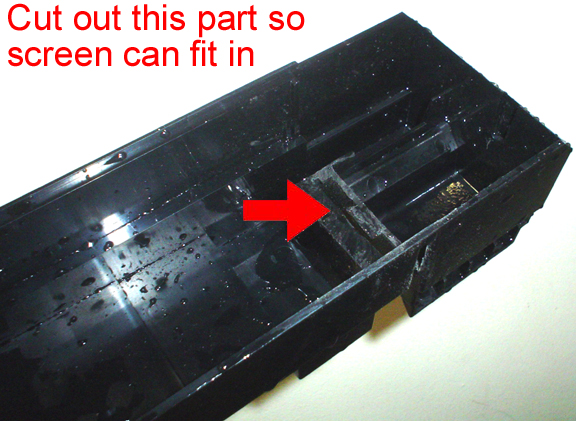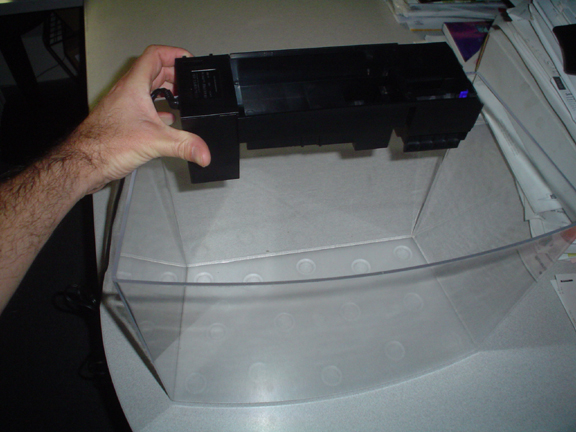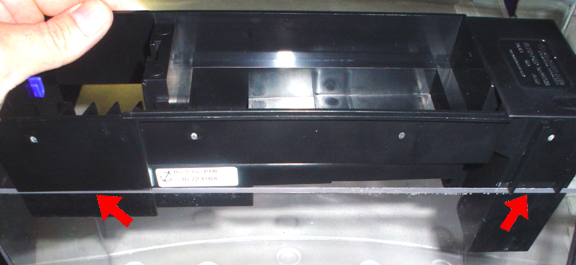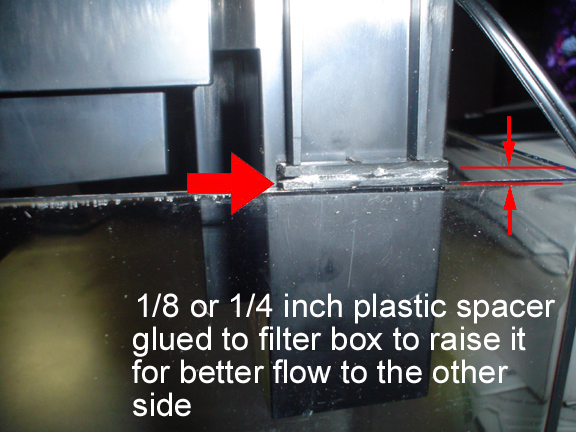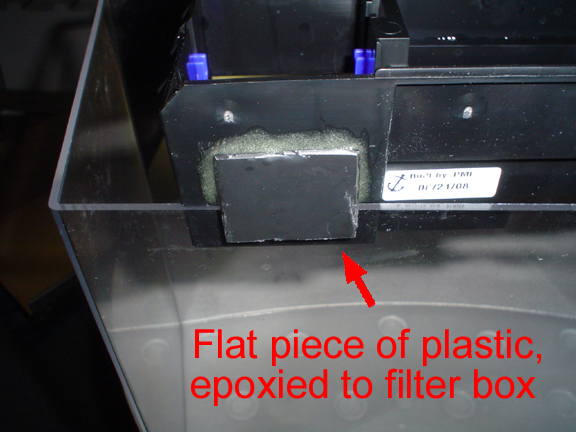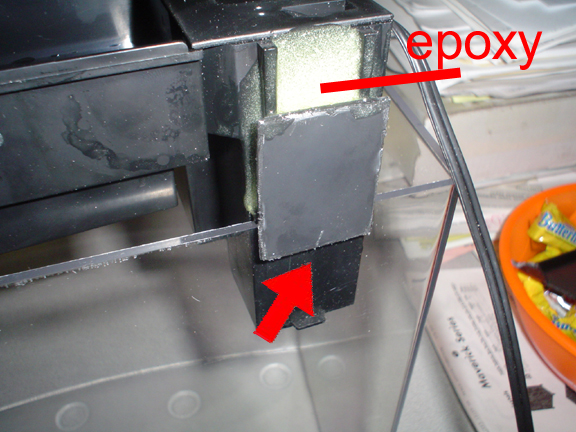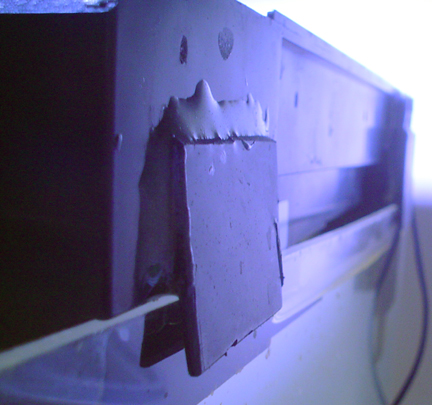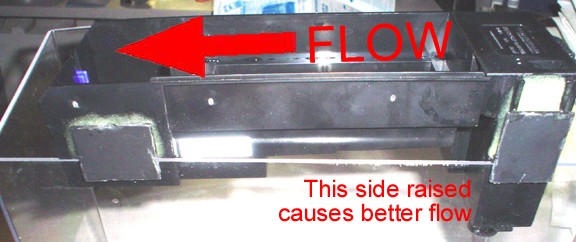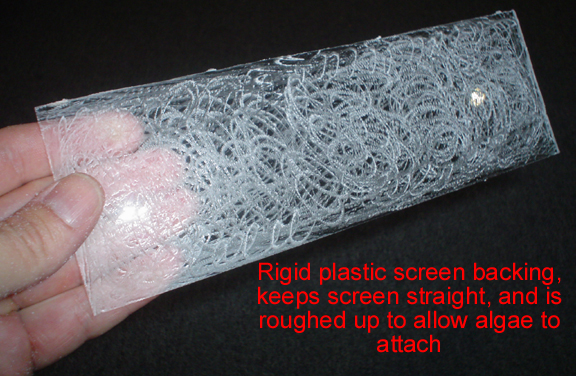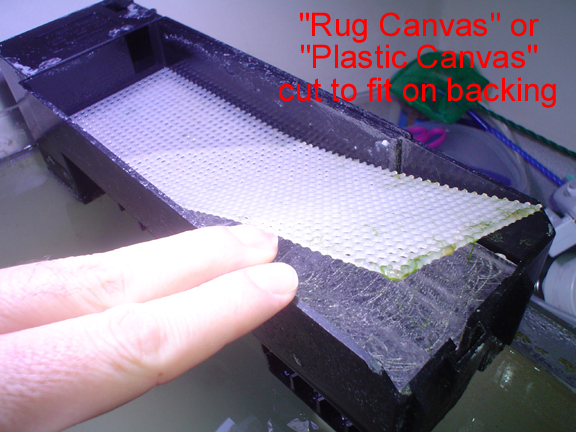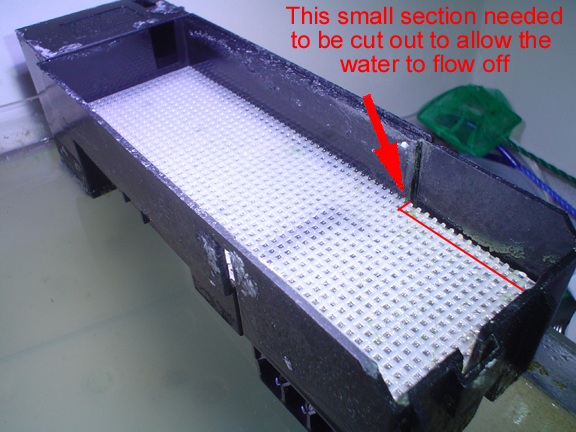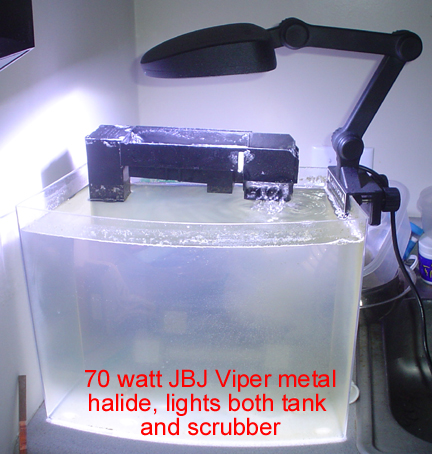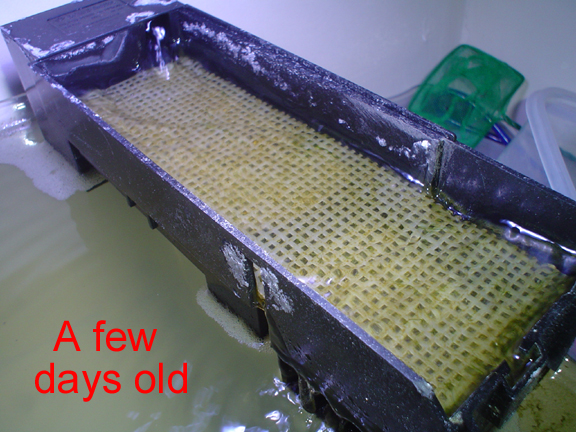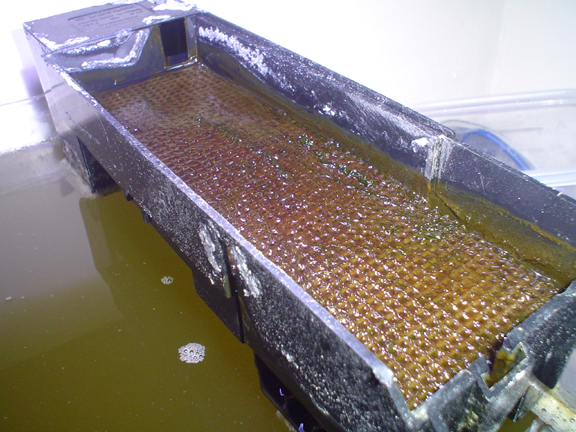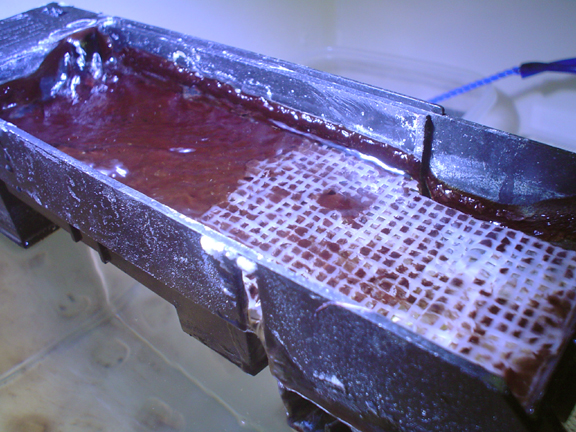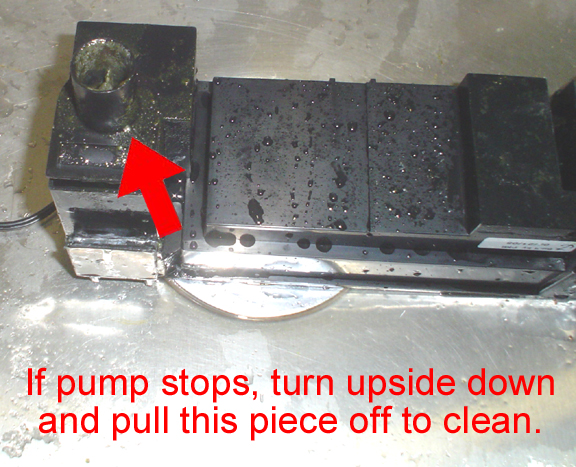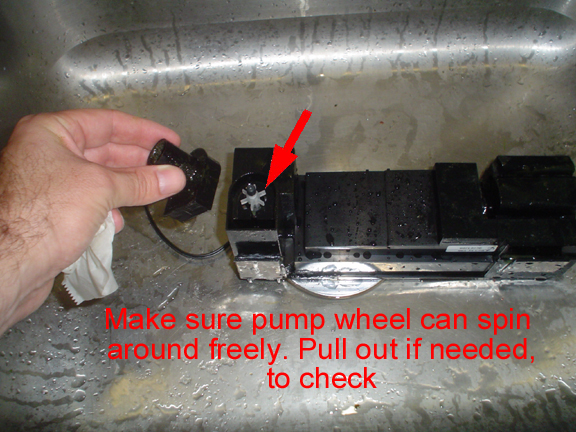Part 2 of 2
Q: I'm still designing my system. What other filtering devices besides a scrubber should I buy?
A: Since you don't have filters set up yet, why not start with just a scrubber and monitor your nitrates and phosphates weekly as you add livestock? When your scrubber can no longer keep nitrate and phosphate at undetectable levels, then you can buy other filtering devices as needed.
Q: I've heard you have to "pulse" or "surge" the water to get best results.
A: This is not proven yet. Most scrubbers use a constant flow, and have great results.
Q: What type of algae is best to grow?
A: You don't have much choice; algae will grow based on lighting and nutrients, and will even change as your nitrates and phosphates drop. All algae consume nitrate and phosphate, so it really doesn't matter what type algae it is.
Q: Will the flowing water put bubbles into my tank?
A: If the screen is built/adjusted properly so that the water flows smoothly down the screen, and if the screen is in the water at the bottom (so the water does not "drop off the bottom"), then no bubbles should be added.
Q: Can I use LEDs for lighting the screen?
A: LEDs are still being experimented with, as far as using them for algae (which is different from using them for a display.) Thus they are not recommended if you absolutely want results. If, however, results are not as important as "experimenting", then by all means try LEDs, but make sure they are as powerful as possible.
Q: Can I use solar power on the screen?
A: Yes, if you have many days of sun throughout the year. The screen will, in effect, be one-sided, so you'll need twice the size. Might be a good idea to still have a regular secondary or portable scrubber inside, in case of long lasting storms.
Q: How is a scrubber different from a skimmer?
A: Scrubbers remove Inorganic Nitrate, Inorganic Phosphate, ammonia, metals and CO2 from the water. (Inorganic Nitrate and Inorganic Phosphate are what cause nuisance algae to grow on your rocks and glass.) Skimmers remove food from the water. Both scrubbers and skimmers, however, add oxygen to the water.
Q: Can a scrubber "crash"?
A: No. There is no situation in which a scrubber can "fall to pieces", dissolve, disintegrate, or otherwise destroy itself and the tank that it's connected to. The worse than can happen to your tank is that the scrubber light burns out and stays out for 2 or more days, in which case the algae will slowly start dying over the next couple weeks.
Q: Are water changes still needed if I use a scrubber?
A: If the purpose of the water change is to reduce nitrate or phosphate, or to help reduce nuisance algae in the display, then no. If the purpose of the water change is for anything else, then yes.
Q: If scrubbers work so well, why haven't I heard of them before, and why haven't people been building them before now?
A: Because the inventor of the scrubber had a patent on his design, yet he did not sell his scrubbers to the public (and did not allow others to sell them either.) People thought that since his design was the only one that was patented, then it must be the only design that works. But as you can see, it is not the only design that works.
Q: Will scrubbers work with other filter setups, like skimmers, vodka, reactors, denitrators, pads, etc?
A: Scrubbers will works with any device/setup. One exception might be xenia; if you want to keep your xenia, you'll probably need to start feeding much much more after you start using a scrubber.
Q: What's the best configuration for a scrubber?
A: Theoretically, the "best" for a reef tank is to have the scrubber above the display, so that all the pods can drain into the display unharmed. But if the goal is just to remove nitrate, phosphate, and nuisance algae, then it really doesn't matter where you put it.
Q: How does a scrubber compare to a refugium with macros?
A: This is a long one, and is detailed elsewhere.
Q: What kind of pods does a scrubber grow?
A: Supposedly, copepods, amphipods, mini-stars, etc. However there have only been actual reports of copepods.
Q: Are halides too strong for a scrubber screen?
A: They are not too strong, but the results that have been observed on halide scrubbers have not been fantastic. It's currently advisable to not use halides.
Q: How long does it take to get the real "red/brown" turf?
A: Current experience has shown that unless you start with a pre-grown turf screen, that it will never start growing on it's own. All algae is good, however, no matter what color or texture it is. Real red/brown turf just filters the most for a small size, that's all.
Q: Where can I buy a scrubber?
A: Nobody currently makes scrubbers.
Q: Can someone build one for me?
A: PM me for a list of builders.

